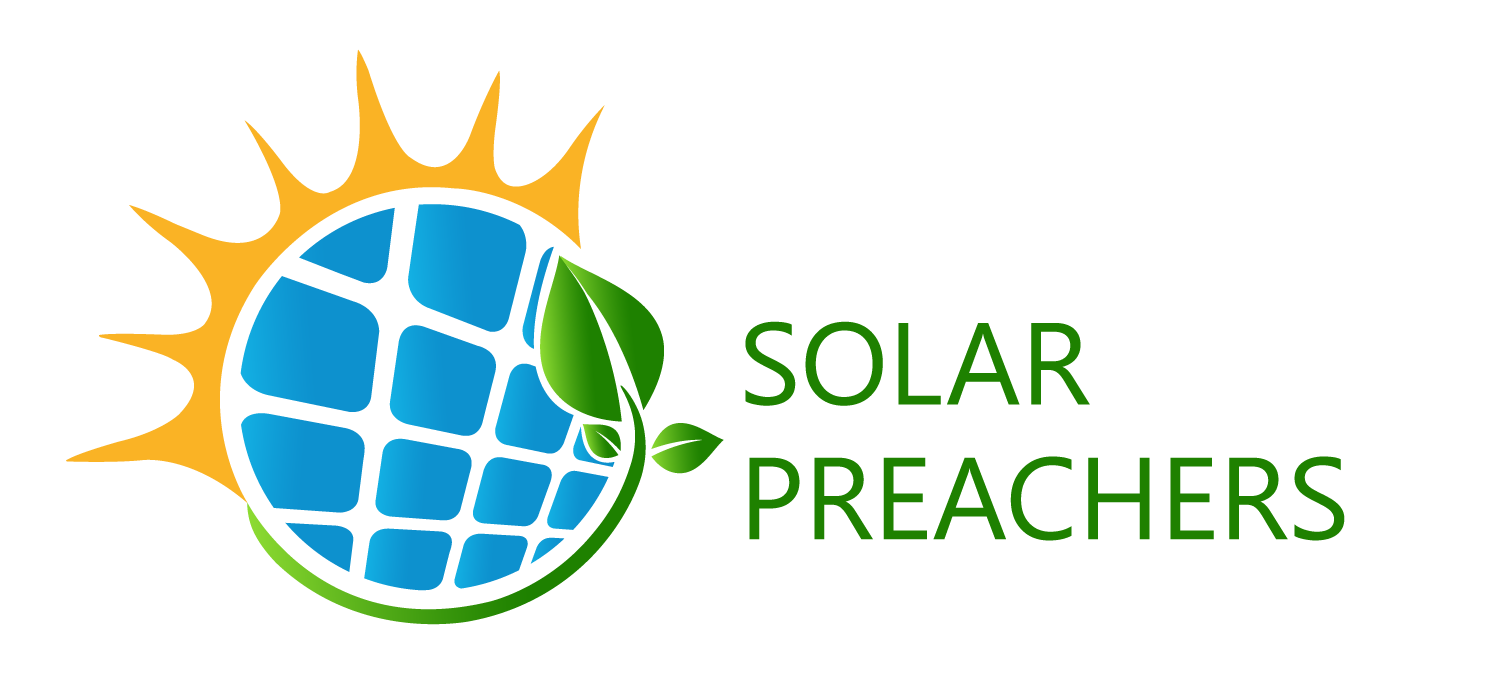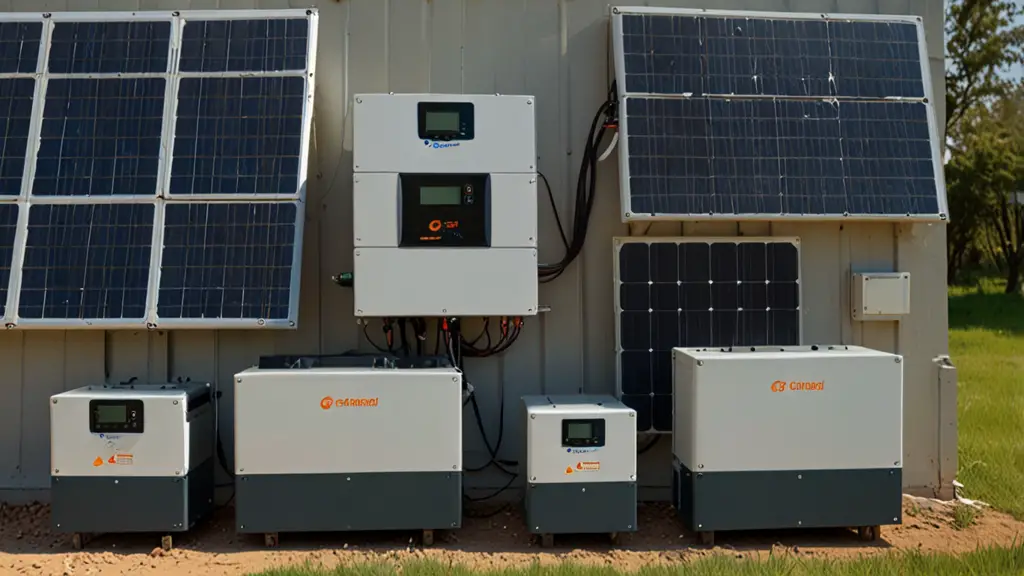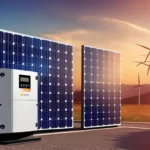Are you tired of skyrocketing electricity bills and wanting to harness the power of the sun to save money and reduce your carbon footprint? Congratulations on considering solar energy! As you embark on this journey, you’re likely to come across two popular inverter options: solar micro-inverters vs central inverters. But, which one is right for your solar panel system?
In this article, we’ll delve into the world of solar inverters, exploring the pros and cons of each option, to help you make an informed decision that suits your needs and budget. By the end of this article, you’ll be well-equipped to choose the perfect inverter for your solar panel system, ensuring you maximize your energy savings and enjoy a seamless solar experience.
Solar Micro-Inverter: The Module-Level Power Optimizer
Solar micro-inverters are small, individual inverters attached to each solar panel, converting DC power to AC power at the module level. This design allows for real-time monitoring and optimization of each panel’s performance, ensuring maximum energy production.
Pros of Solar Micro-Inverters:
Optimized Energy Production: Micro-inverters optimize energy production at the individual panel level, ensuring that each panel operates at its maximum potential, even in shaded or dirty conditions.
Real-Time Monitoring: With micro-inverters, you can monitor the performance of each panel in real-time, identifying any issues or inefficiencies, and making adjustments as needed.
Increased Safety: Micro-inverters eliminate the risk of high DC voltages, making them a safer option for homeowners and installers.
Flexibility: Micro-inverters allow for easier system design and installation, these solar inverters can be installed in a variety of configurations.
Warranty and Reliability: Micro-inverters typically come with a longer warranty (up to 25 years) and have a proven track record of reliability. These solar inverter can last years and withstand the test of time.
Cons of Solar Micro-Inverters:
Higher Upfront Cost: Micro-inverters are generally more expensive than central inverters, increasing the initial cost of your solar panel system.
More Components: With more components comes a higher risk of failure, although this is mitigated by the longer warranty.
Learn about the Cost of Solar Inverters in detail.
Central Inverter: The Traditional Choice
Central inverters, also known as string inverters, are traditional inverters that connect multiple solar panels to a single inverter. This design is simpler and more cost-effective, but may not offer the same level of optimization as micro-inverters.
Pros of Central Inverters:
Lower Upfront Cost: Central inverters are generally less expensive than micro-inverters, reducing the initial cost of your solar panel system.
Simplified Design: Central inverters have a simpler design, making them easier to install and maintain.
Proven Technology: Central inverters have been used for decades and have a proven track record of reliability.
Cons of Central Inverters:
Reduced Energy Production: Central inverters can lead to reduced energy production, as the entire system’s performance is affected by the weakest panel.
Limited Monitoring: Central inverters do not offer real-time monitoring of individual panels, making it more challenging to identify issues.
Higher Risk of Power Loss: Central inverters can lead to higher power loss due to the longer distance between the panels and the inverter.
Conclusion
Solar micro-inverter vs central inverter comes down to your specific needs and priorities. If you value optimized energy production, real-time monitoring, and increased safety, micro-inverters may be the better choice. However, if you’re on a tighter budget and prioritize a lower upfront cost, central inverters could be the way to go.
As you weigh your options, consider the following:
- If you have a complex roof layout or shading issues, micro-inverters may be a better choice.
- If you prioritize ease of installation and maintenance of central inverters might be the way to go.
- If you’re looking for a more future-proof solution, micro-inverters may be a better investment.
Ultimately, the decision between solar micro-inverters and central inverters should be based on your unique circumstances and priorities. Consult with a solar expert to determine the best inverter solution for your solar panel system, and start harnessing the power of the sun to save money and reduce your carbon footprint.







